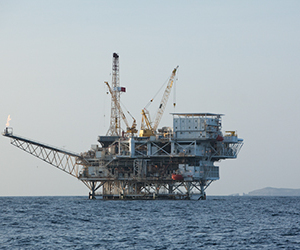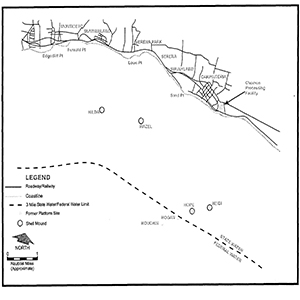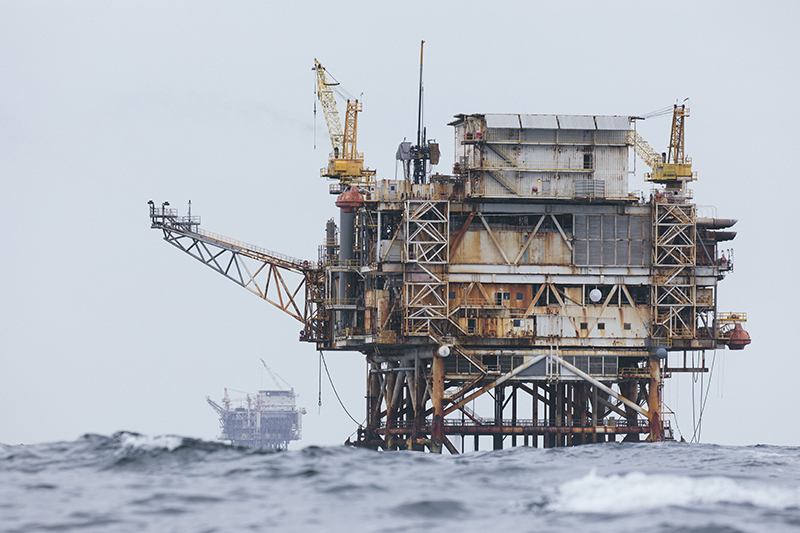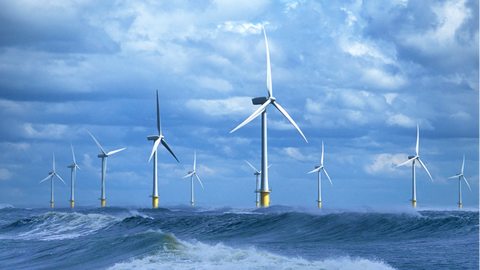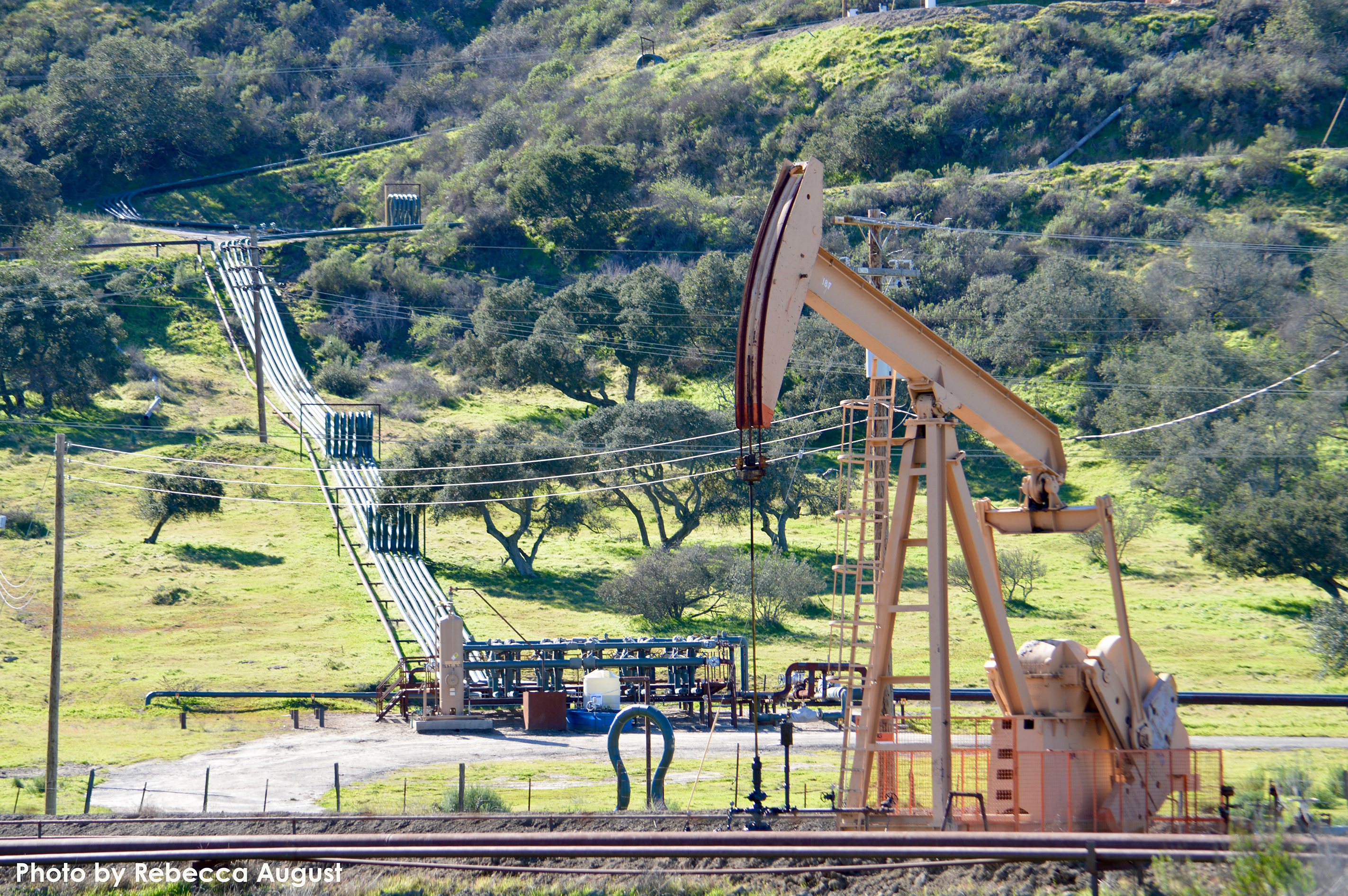Climate & Energy
Founded in response to the 1969 Santa Barbara oil spill, EDC has always prioritized action to prevent irresponsible oil drilling. Now, facing a future of climate disruption resulting from human actions – global climate change, sea level rise, ocean acidification – the importance of this work has only increased. EDC’s mission to protect our local environment requires that we stand up against destructive fossil fuel projects while advocating for safe, clean, renewable sources of energy such as 2014’s Cuyama Solar project.






